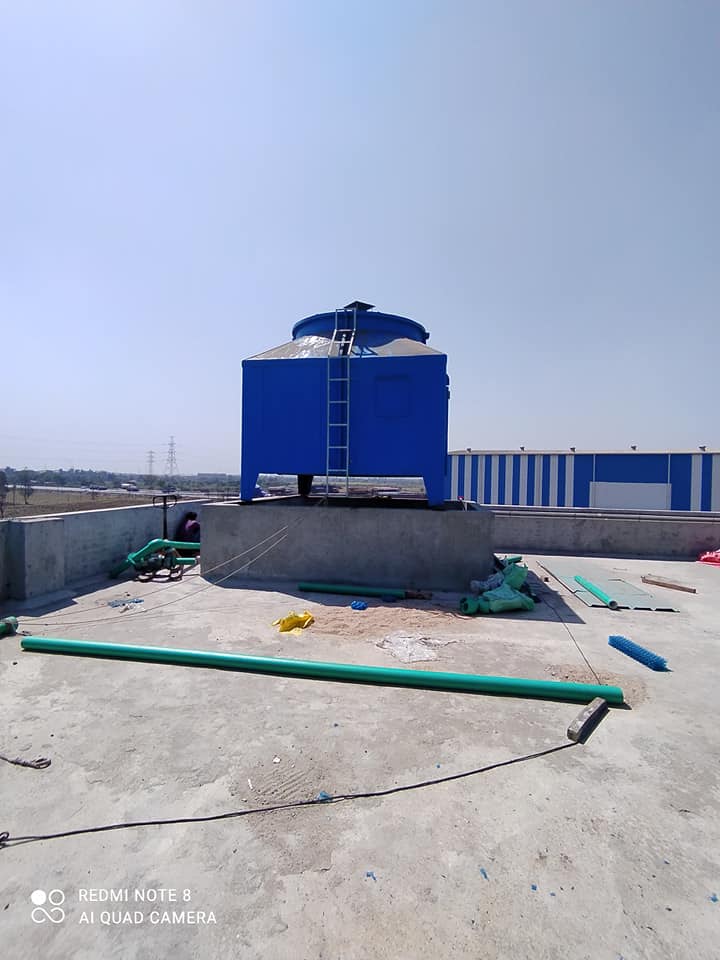| In cooling towers, the choice between direct drive fans and gear drive fans depends on factors like efficiency, maintenance, noise, and cost. Below is a comparison: 1. Direct Drive Fan No Gearbox: The motor is directly connected to the fan shaft. Higher Efficiency: Fewer mechanical losses (no gearbox friction) .Lower Maintenance: No gearbox means fewer wear parts (no oil changes, gear wear). Quieter Operation: Reduced vibration and noise compared to gear-driven systems. Higher Initial Cost: Requires a low-speed, high-torque motor (often permanent magnet or synchronous designs). Better for Variable Speed: Works well with VFDs (Variable Frequency Drives) for precise speed control. Common in Modern Cooling Towers: Preferred for energy efficiency and reliability. 2. Gear Drive Fan Uses a Gearbox: A high-speed motor drives the fan via a speed-reducing gearbox. Lower Initial Cost: Uses a standard high-speed motor with a gear reducer. Lower Efficiency: Energy losses in the gearbox (~3-5% loss). Higher Maintenance: Gearboxes require lubrication, seals, and periodic overhauls. Noisier Operation: Gear meshing and vibration increase noise levels Less Flexible for Speed Control: Gear wear can limit VFD effectiveness. Traditional Choice: Older cooling towers often use gear drives. Key Selection Factors Factor Direct Drive Gear Drive Efficiency Higher (95%+) Lower (~90-95%) Maintenance Low High (gearbox) Noise Levels Lower Higher Initial Cost Higher Lower Long-Term Cost Lower (savings on energy & maintenance) Higher Speed Control Excellent (VFD compatible) Limited Best Choice? For Energy Efficiency & Reliability → Direct Drive (common in modern towers). For Low Initial Cost (Budget Constraints) → Gear Drive (but higher operating costs). Many newer cooling towers are shifting to direct drive due to better efficiency and lower lifecycle costs, despite the higher upfront price. |
Cooling Tower Manufacturer in Yemen
